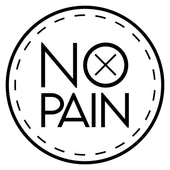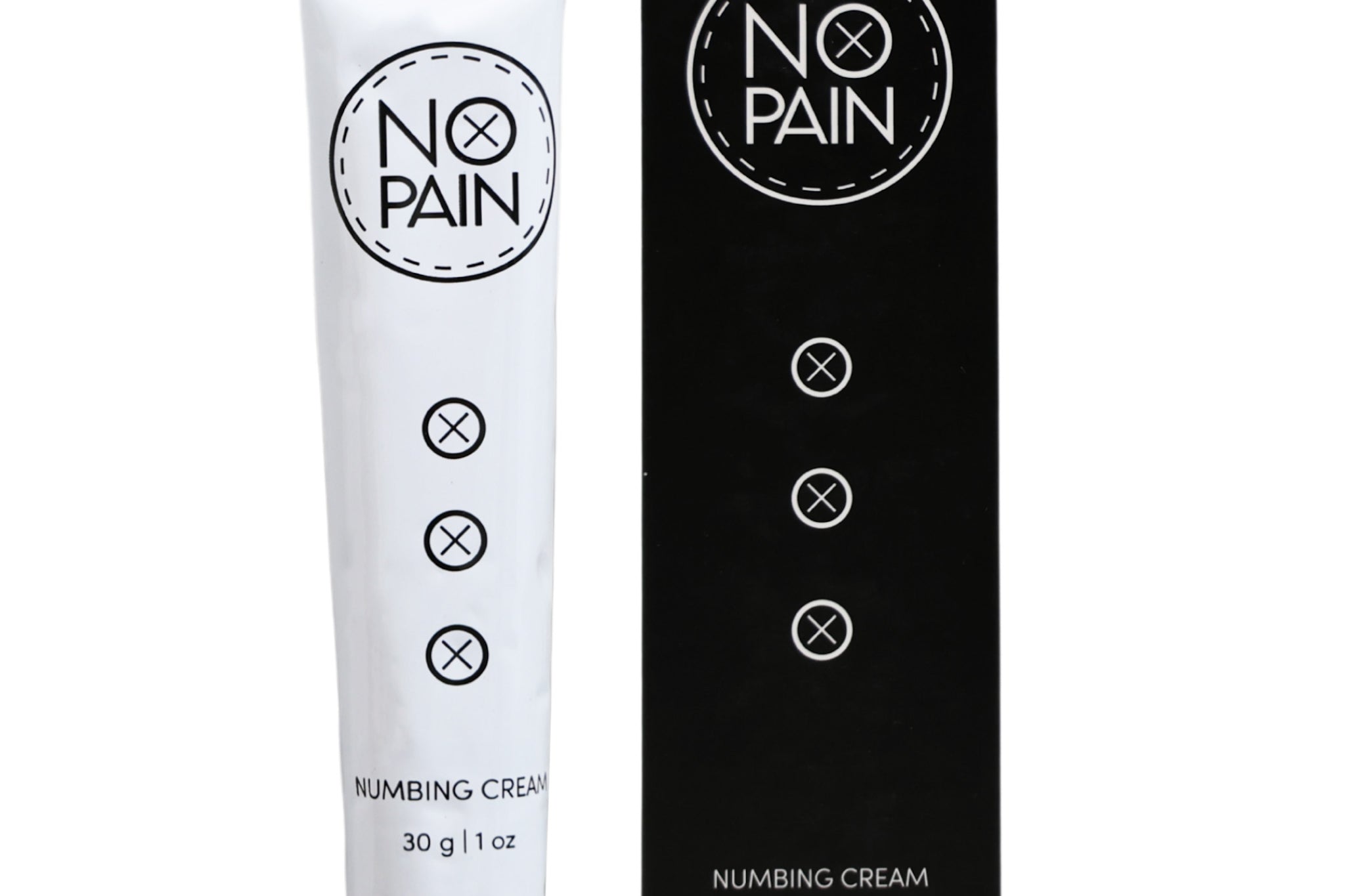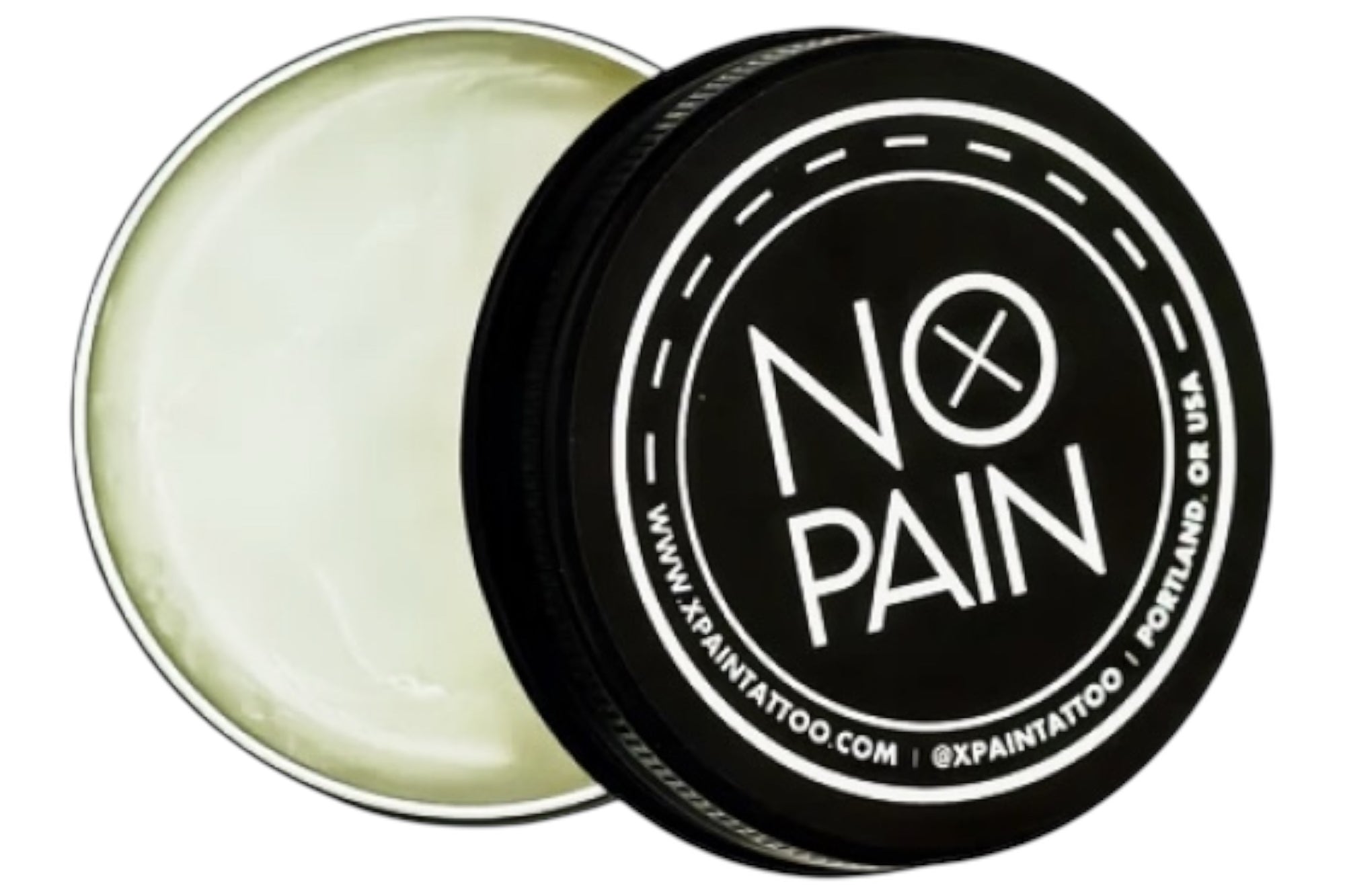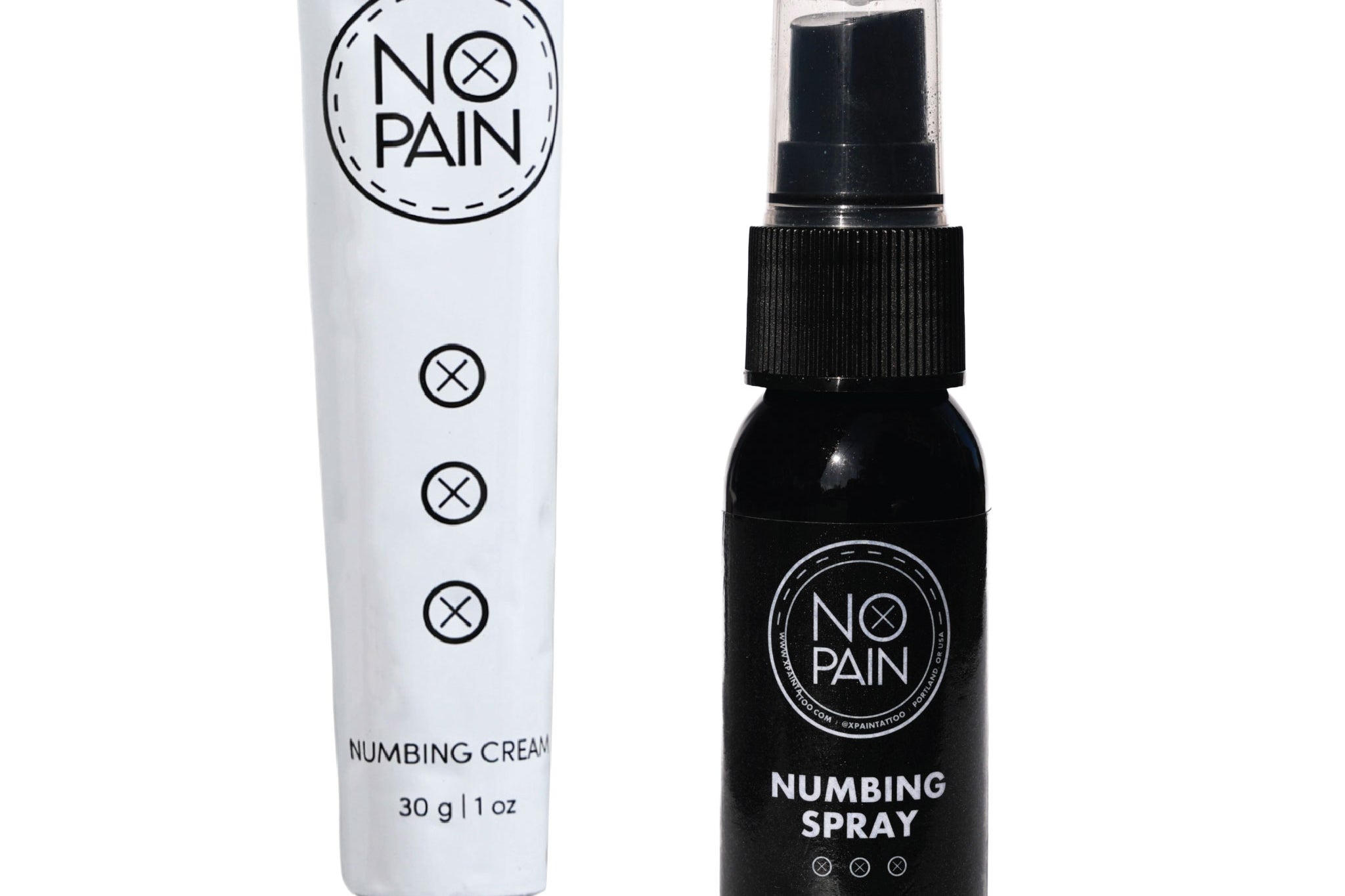When you're getting a new tattoo, your focus is likely on the art, the design, and the pain. But the single most important factor in the entire process is something that happens quietly in the background: sterilization and the prevention of cross-contamination.
Understanding the steps a professional tattoo artist takes to protect your health is the key to having a safe and successful experience. It's the foundation of every great tattoo, long before the first drop of ink touches your skin. This is your insider's guide to how professional artists prevent cross-contamination.
What is Cross-Contamination in a Tattoo Studio?
Cross-contamination is the unintentional transfer of germs (like bacteria and viruses) from one surface to another. In a tattoo studio, where an open wound is being created, preventing this transfer is a matter of critical importance to avoid a serious tattoo infection.
The Artist's Toolkit: A System of Sterility
A professional artist's entire setup is a masterclass in preventing cross-contamination. Here's what to look for.
1. Barrier Protection on Everything
This is the most visible sign of a safe process. Before you even sit down, your artist will cover everything in their workspace with disposable plastic barriers.
-
What's covered: The tattoo machine, the clip cord that powers it, the power supply, any squeeze bottles, and the client chair or bed will all be wrapped in single-use plastic.
-
Why it matters: This ensures that no part of the reusable equipment ever makes direct contact with your skin or the artist's gloves during the session.
2. Single-Use, Disposable Equipment
Every item that comes into direct contact with you or the ink must be brand new, sterile, and single-use.
-
What this includes: The needles (or needle cartridges), the ink caps that hold the pigment, and the razor used to shave you must all be opened from a sealed, sterile package in front of you.
-
Why it matters: This is the only way to guarantee that you are not being exposed to blood-borne pathogens from a previous client.
3. The Power of Gloves (and When to Change Them)
Your artist will wear disposable gloves for the entire session. But more importantly, a great artist is an expert at avoiding cross-contamination with their gloves. If they touch a non-sterile surface (like their phone, a drawer handle, or a lotion bottle), they must immediately remove those gloves, wash their hands, and put on a fresh pair before touching you or their equipment again.
4. The Autoclave: The Heart of Sterilization
For any equipment that is reusable (like a metal grip), it must be sterilized in an autoclave. This is a medical-grade machine that uses high-pressure steam to kill 100% of all bacteria and viruses.
Your Role: Continuing the Chain of Cleanliness
Once you leave the studio, the responsibility for preventing contamination becomes yours. Your new sore tattoo is an open wound, and your tattoo aftercare is now your primary defense against infection.
-
The First Wash: The moment you take off your wrap, you must wash the area. What to clean new tattoo with is a critical choice. Our No Pain Tattoo Cleansing Foam is an antimicrobial wash designed to be powerful against germs but gentle on your skin.
-
The Healing Process: A clean heal is a safe heal. A complete system like our No Pain Tattoo Aftercare Bundle provides all the tools you need to keep your tattoo clean and protected during the vulnerable tattoo healing stages.
The Verdict: A professional tattoo studio is a sterile environment built on a foundation of rigorous safety protocols. By understanding these steps, you can confidently choose an artist who prioritizes your health, ensuring your tattoo experience is safe from start to finish.



